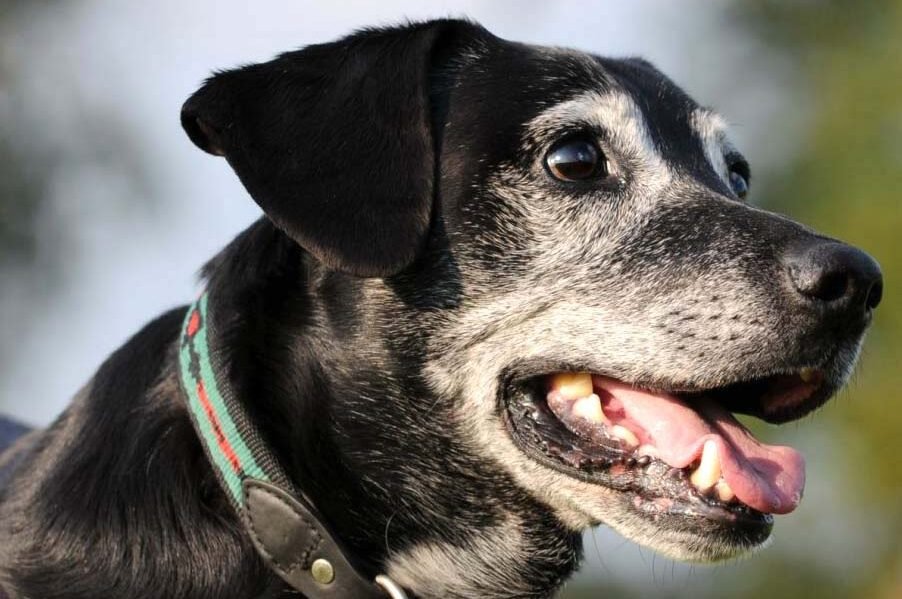Muscle atrophy is a medical condition when the mass of muscles deteriorates, resulting in muscle tissue loss, often in localised areas while at other times affects multiple areas. Signs of muscle atrophy in dogs include depression, lethargy, paw dragging, weakness, lameness, and noticeably thinning muscles.
Canine muscle atrophy is commonly seen in older dogs or those who have suffered injury and were crate-rested for an extended amount of time with little, to no activity.
Protein is the key ingredient for building muscle. As muscle mass breaks down from exercise or age, the protein needs to be replaced. Active dogs require more protein than inactive dogs, but all dogs can benefit from a high protein dog food, sometime referred to as ‘pure meats’. Foods are unprocessed meats, prepared either raw or freeze dried.
Active Lifestyle
A common reason for muscle atrophy is simply pain. Sometimes old injuries can catch up with an older dog or they may have developed arthritis. Muscles deteriorate quicker the less they are used. If a dog is in pain they are less likely to be active and working out.
Although muscle atrophy can be based on old age, there are also several conditions that can cause it to accelerate or start earlier than usual. If you notice a sudden or rapid change in your dog you definitely want to take them to your vet for a full check up. Some examples of serious underlying conditions causing muscle atrophy or weakness are degenerative myelopathy, hip dysplasia and spine or nervous system issues such as wobblers syndrome. Cancer and autoimmune diseases in dogs can also be indicated by these things. It is imperative to have a professional diagnosis so you are treating the root cause of the problem, not just covering up symptoms.
Supplements
Omega Fatty Acids and Antioxidants can also help your dog to increase its muscle mass. Not because they help to build muscles, but rather they help reduce muscle damage and work as an anti-inflammatory. This is especially important for older dogs with arthritis, who would otherwise remain lethargic due to pain for inflammation. Reducing the swelling thus keeps them more active and using their muscles.
Improving quality of life
When older dogs lose muscle for whatever reason, their quality of life can suffer. We all want our pets to be pain free and have the best life possible. If your dog is having difficulty jumping up to their favourite spot on the couch, or they can’t run after that tennis ball anymore, there is a possibility of them becoming depressed. A healthy mind is part of a healthy body. The last thing we as pet owners want is an unhappy senior dog that is not themselves anymore.
If you notice your dog moving slower, or becoming tired adjust their exercise routine. While we need to exercise our senior dogs, do not push them too hard, as this may result in injury. Make sure you keep an eye on them at the end of the exercise session when they have had enough. Consider taking them swimming, as there is no impact on their legs as there is with running, jumping, and pulling so it will not increase inflammation within their joints. Swimming is highly recommended for dogs with arthritis or any kind of joint pain or weakness.
Unfortunately there is no magic cure for ageing. It is normal for a dog to lose muscle and slow down as they grow old. Having your senior dog on a well thought out and not too rigorous workout regimen, as well as a premium high quality protein (meat based) diet will help them live the rest of their life to its fullest.

